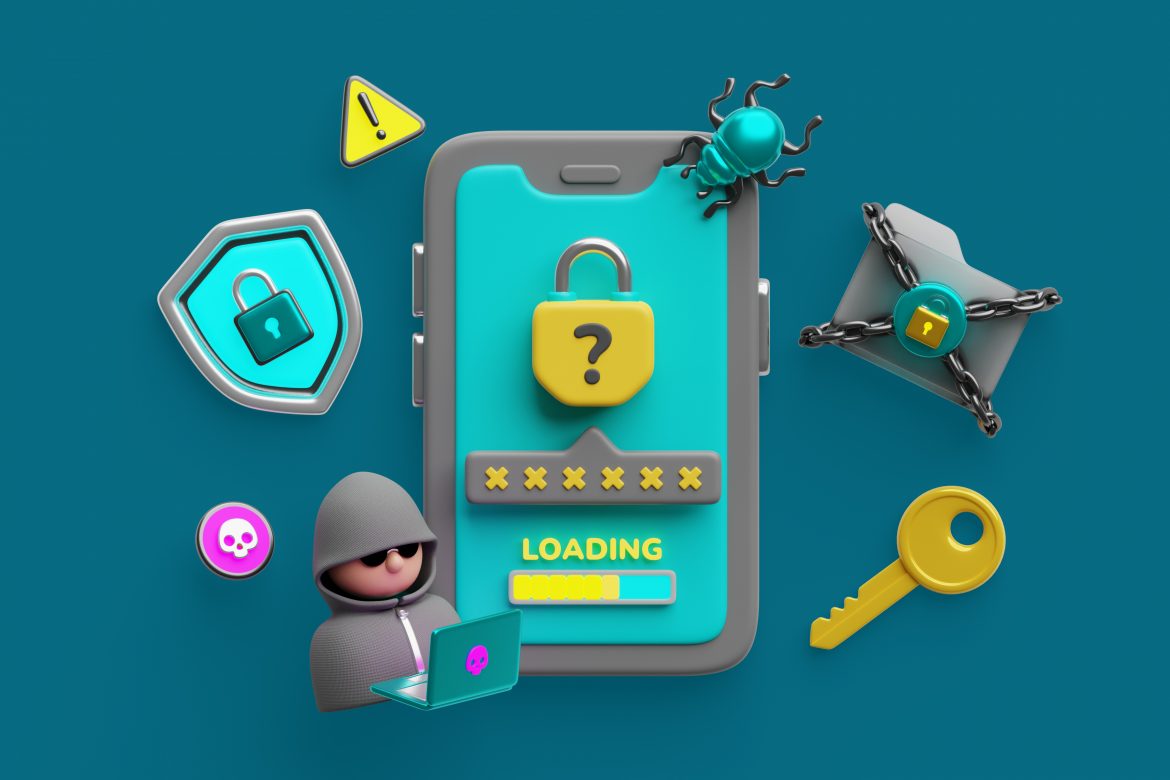In today’s fast-paced mobile world, creating an app that users love isn’t just about sleek design or smooth functionality—it’s equally about how well you’ve protected their data and kept those pesky cyber threats at bay. Whether you’re a seasoned developer or just starting, understanding the importance of mobile platform cybersecurity is essential. It’s no longer enough to build an app; you must also guard it against the digital bad guys who are always looking for vulnerabilities to exploit. So, let’s dive into some practical, no-nonsense tips to help you make your mobile apps more resilient and trustworthy.
Navigating the Cybersecurity Landscape: Essential Strategies for Mobile App Developers to Safeguard User Data
Building a secure app starts way before you even write the first line of code. Security should be baked into your project from the get-go. Here’s how you can stay ahead of the curve:
1. Design with Security in Mind
Think about security during the planning phase. Map out how your app handles sensitive data, authentication, and communication. Incorporate secure design principles—like the principle of least privilege, which means users and components only get the access they absolutely need.
2. Secure Authentication & Authorization
Passwords are no longer enough. Use strong, unique passwords for server access. Better yet, implement multi-factor authentication (MFA)—this adds another layer so even if a password gets compromised, your users’ accounts remain protected. Biometric authentication (like fingerprint or facial recognition) can make security seamless for users while keeping their data safe.
3. Keep Third-Party Tools Up to Date
Many apps rely heavily on third-party libraries, SDKs, and APIs. These components can contain vulnerabilities if outdated. Make it a habit to regularly update all dependencies—it’s a simple but powerful way to patch known security issues.
4. Encrypt, Encrypt, Encrypt
Don’t store sensitive data in plain text—use encryption to shield user information. For data at rest, consider robust encryption algorithms like AES. For data in transit, always use HTTPS with SSL/TLS protocols. Anything less leaves your app open to man-in-the-middle attacks, where bad actors intercept data as it travels across networks.
5. Secure Storage & Data Handling
Avoid storing sensitive information on device memory unless absolutely necessary. When you do, use encrypted databases or secure keychains (like Android’s Keystore or iOS’s Keychain) to protect the data. Remember: less stored data means less risk if something goes wrong.
6. Obfuscate Your Code
Making your app’s code harder to understand can frustrate hackers trying to reverse-engineer it. Obfuscation tools take your source code and scramble it into a form that’s difficult to decipher, adding an extra layer of defense against reverse engineering.
7. Regular Security Audits & Testing
Don’t wait for a breach to find vulnerabilities. Perform regular penetration testing, source code reviews, and vulnerability scans. Tools like static and dynamic analyzers can help you spot security flaws early. Additionally, monitor your app’s activity logs for suspicious activity—early detection can save you from bigger issues down the line.
Practical Tips for Developers to Reinforce Mobile App Security and Protect User Trust in a Rapidly Changing Digital World
Your app’s security isn’t a one-time fix—it’s a living process that needs constant care. Here are some tried-and-true tips to keep your app secure and your users’ trust intact:
1. Secure Coding Practices
First up, write secure code from day one. Validate all user inputs rigorously to prevent injection attacks like SQL injection or command injection. Sanitize data to avoid cross-site scripting (XSS) vulnerabilities. Handle errors carefully—don’t reveal sensitive info in error messages that could help an attacker or leak private data.
2. Use Strong Authentication & Session Handling
Implement strong, multi-layered authentication—prefer biometrics or complex passwords. Manage sessions wisely: set timeout limits, invalidate sessions after account changes, and prevent session fixation. This minimizes the chances of session hijacking.
3. Leverage Built-In Security Features
Both Android and iOS offer security features like sandboxing, secure enclaves, and app signing. Take advantage of these tools to increase your app’s security posture.
4. Prevent Device-Based Threats
Encourage users not to root or jailbreak their devices, as doing so can bypass many security measures. Use device integrity checks within your app—if you detect rooting or jailbreaking, consider warning users or limiting certain features.
5. Keep Your Dependencies Current
Outdated SDKs and third-party libraries are common attack vectors. Regularly update all dependencies and monitor for vulnerabilities in those components. Many repositories have security advisory alerts—use them!
6. Conduct Frequent Security Audits & Penetration Tests
Make security audits a regular routine. Automated tools will find common weaknesses, but manual testing—especially from security professionals—can find subtle flaws. Vulnerability assessments and periodic pentests can uncover vulnerabilities before someone exploits them.
7. Educate Your Team
Security isn’t just about tools—it’s about awareness. Educate your team on common vulnerabilities, security best practices, and secure coding principles. Foster a security-first mindset throughout your development lifecycle.
8. Keep Users Informed & Empowered
Transparency goes a long way. Educate your users about setting strong passwords, recognizing phishing, and keeping their devices updated. Promptly rolling out security patches and updates shows your commitment to their safety.
Final Thoughts
Building a secure mobile app is a continuous effort—not a one-and-done task. By embedding good security practices into your development process from the start, regularly testing and updating your app, and staying informed about emerging threats, you can significantly reduce the risk of breaches and protect your users’ trust. Remember, a resilient app not only safeguards data but also fortifies your reputation in a crowded mobile market. Stay vigilant, stay proactive, and your app will stand strong against the shifting sands of cybersecurity threats.


